What You Should Know About Cheerleading
September 5, 2017
“A women’s sport” but is it really?
Cheerleading has been around since 1898, introduced by the first-ever cheerleader, Jonny Cambell.
Yes, you are reading right, the first-ever cheerleader, a MAN. This “phenomenon” (back then anyway), the first organized cheer, was lead by Jonny in order to pump up the down-on-their-luck University of Minnesota football team, who at the time was on a losing streak.
Although the first to start the cheerleading trend, he wasn’t alone because soon after, more colleges joined in on the fun, and for the coming years, cheerleading became a well-known collegiate male sport. It wasn’t until 25 years after the cheerleading phenomenon started-that women even began to think of trying out for the team.
Although unpopular, this trend of women joining cheer did increase all throughout the 1920’s, but it wasn’t until the 40’s that women started to get into the sport. This was largely due to the massive decline of the male population in colleges because of men dropping out to join the war. Once the men returned home, the sport had already been taken over by women, leaving the men to keep to other, more stereotypical gender “appropriate” sports.
Even with how well-known cheerleading had become it was still a sideline sport; it wasn’t until the 1960’s that competitive cheer even had a hope of becoming its own sport.
Throughout the next two decades, more colleges started to board the competitive cheer “train” but it wasn’t until 1978, when CBS televised the first-ever collegiate cheerleading championship, that the general public got to see cheerleading off the sidelines.
As time went by the sport has grown and evolved to where there are even what are known as “All-Star Gyms” where people cheerlead competitively for a gym not associated or affiliated with any college or high school. Although they are not affiliated with each other many high school cheer teams use the all star gym facilities to train tumbling and stunts.
What started off as a male-dominated collegiate sport has morphed into a coed college, All Star, and high school sport, Kalani being part of the latter. High school teams often have both a sideline and competitive team. Some schools only have one or the other, but here at Kalani we are fortunate to have both.
Kalani’s Sideline and Competitive Cheer team is coached by Jessica Baliaries and Chaylen Hakikawa. In an interview with coach Jessica, I asked what the key differences are between competitive cheer and sideline cheer? She stated, “Competitive cheer is more physically demanding that sideline cheer. Sideline cheer is heavily based on chants and band dances, minimal stunting and tumbling. Competition cheer is a sport that is based on dance, cheer, tumbling, stunting and a lot of physical work.”
When asked what she thinks of people addressing the sport as “ a women’s sport” she said, “Never will I say that the sport is based on gender or sexuality, any person can play any sport, no matter who you are or what you define yourself as.”
People often think that Cheerleading is a sport that involves short skirts, navel showing and provocative movements, but it truly is meant for those who want to express themselves through hard work and dedication, just like any other sport out there.
So for those who want to feel like a bigger person by knocking down someone else’s sport, think about all the hard work that person has put into becoming proficient/amazing at their sport and maybe, just maybe, hold your tongue.


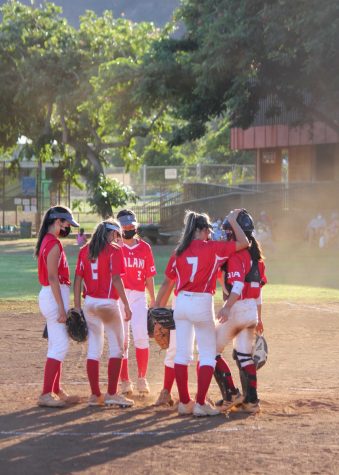
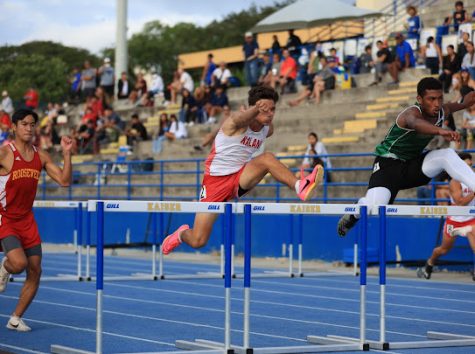
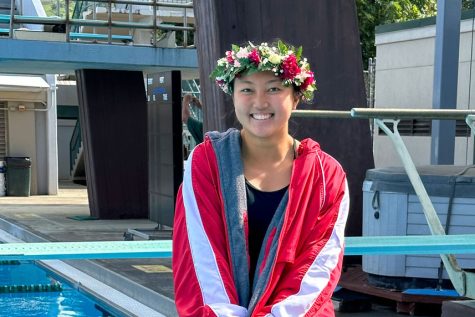
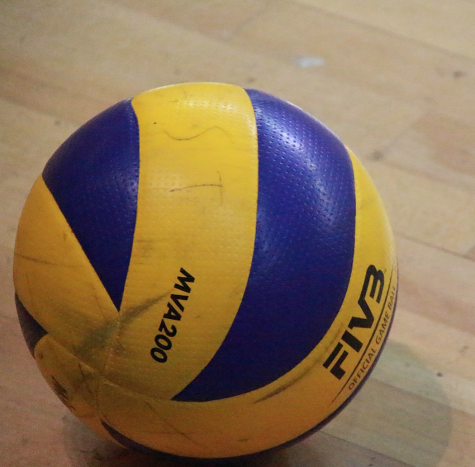
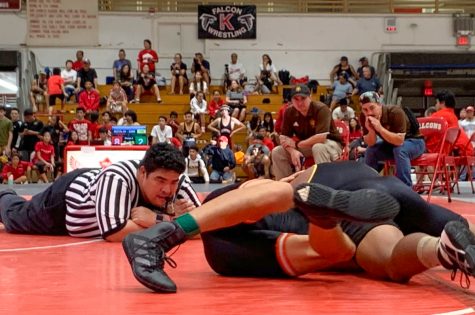

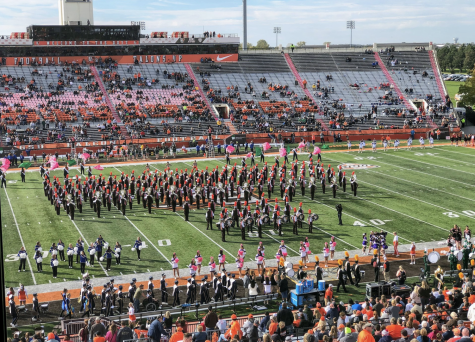
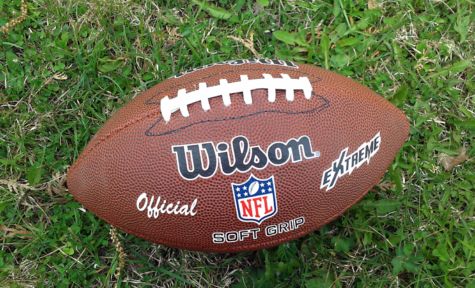

Ms. Hayashi • Sep 13, 2017 at 7:42 am
Awesome article Macey! Who would have thought the first cheerleader was a man!